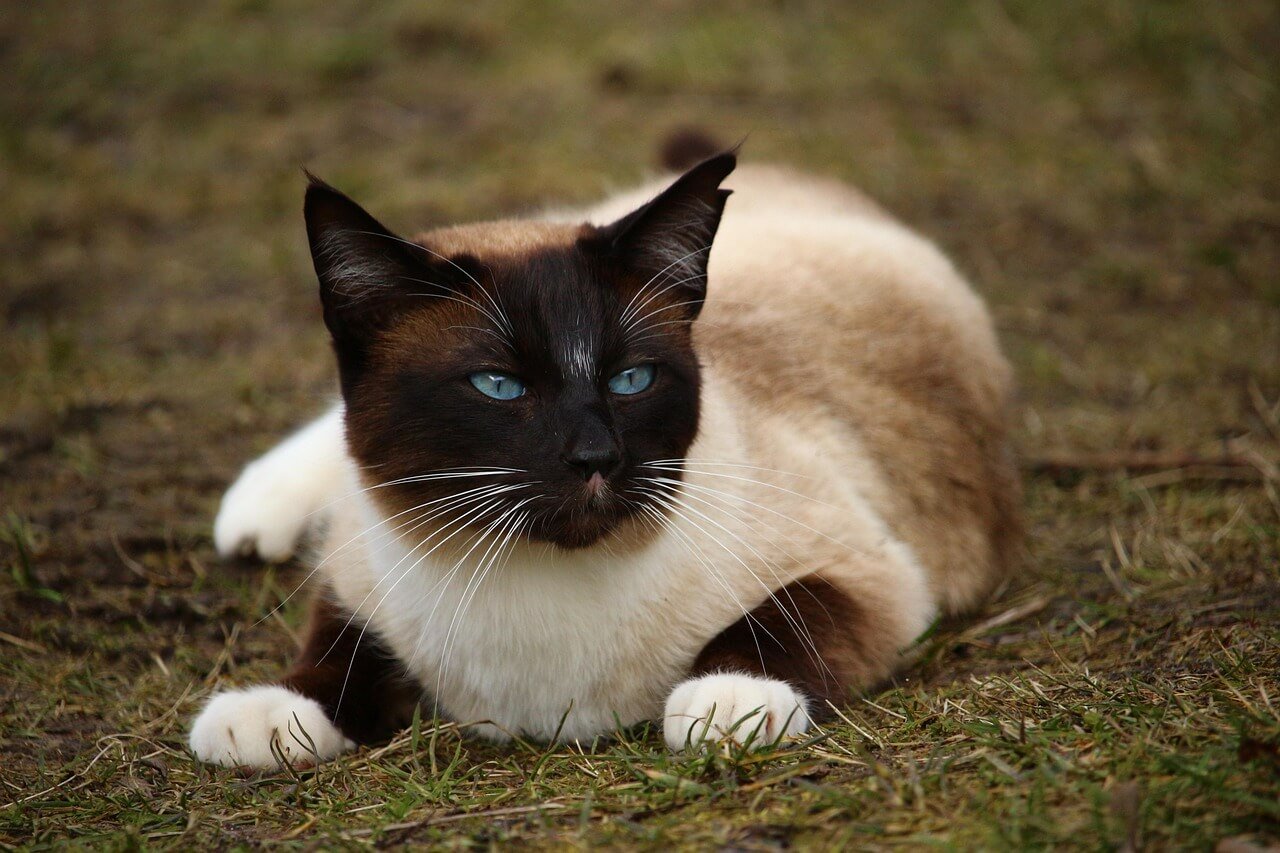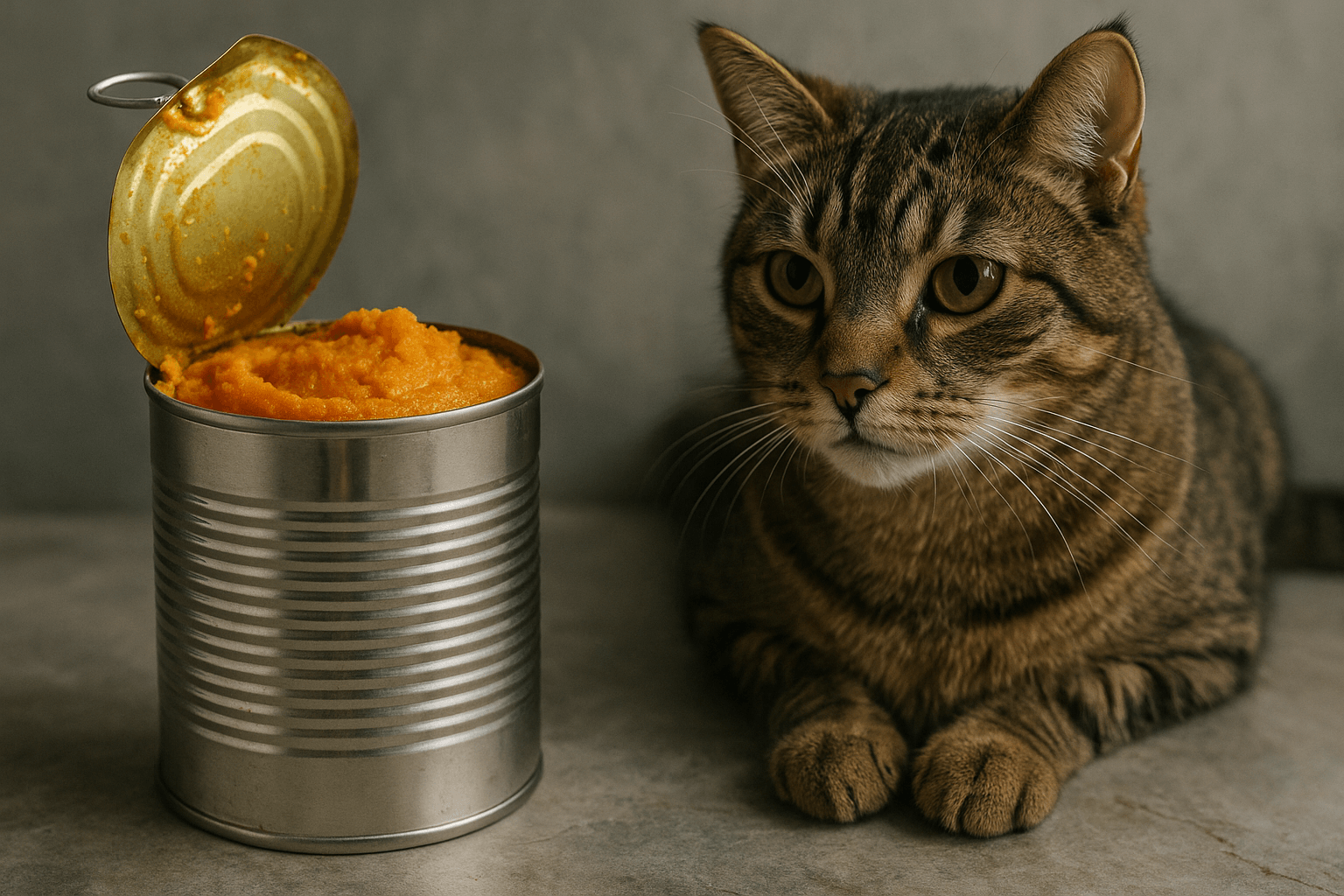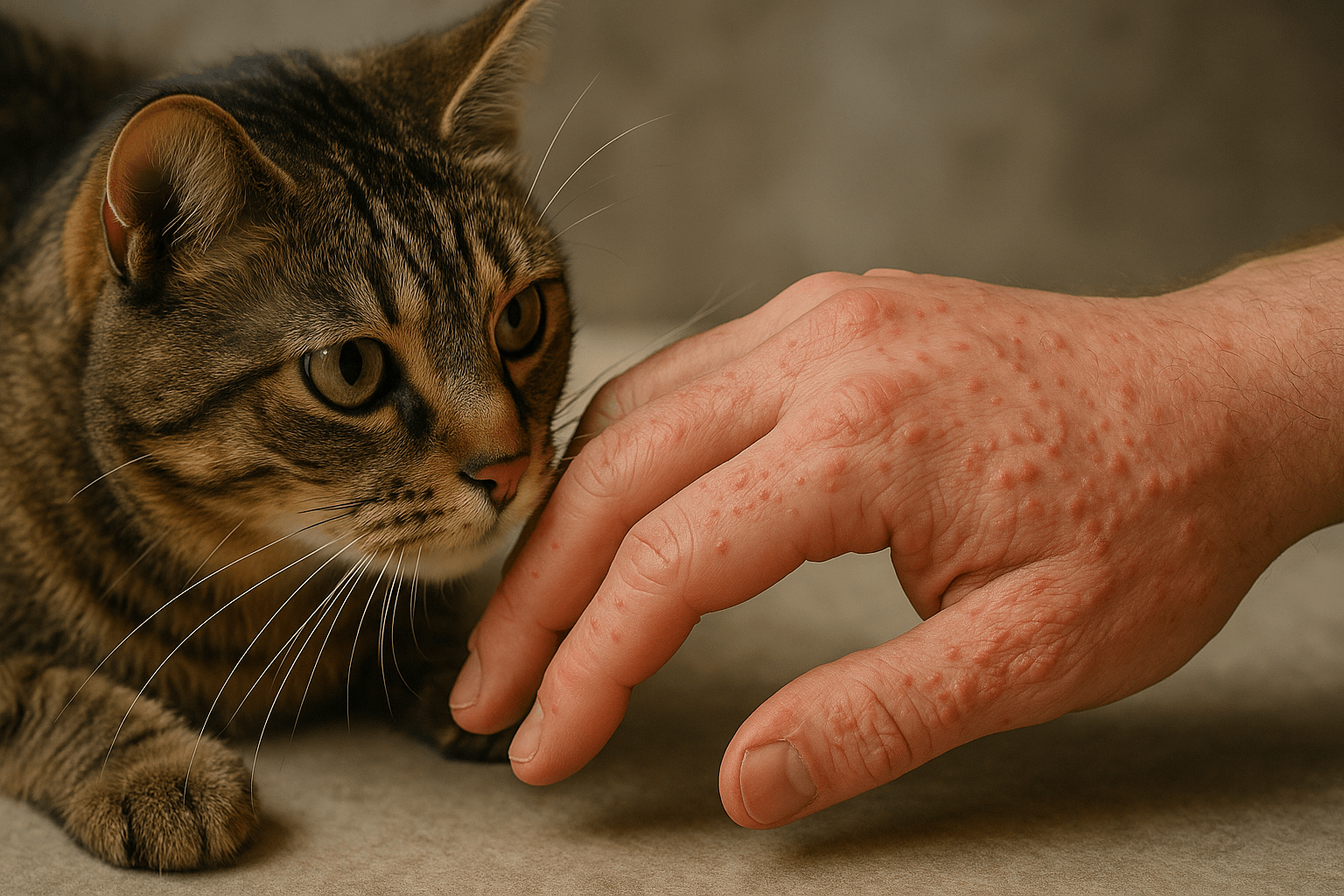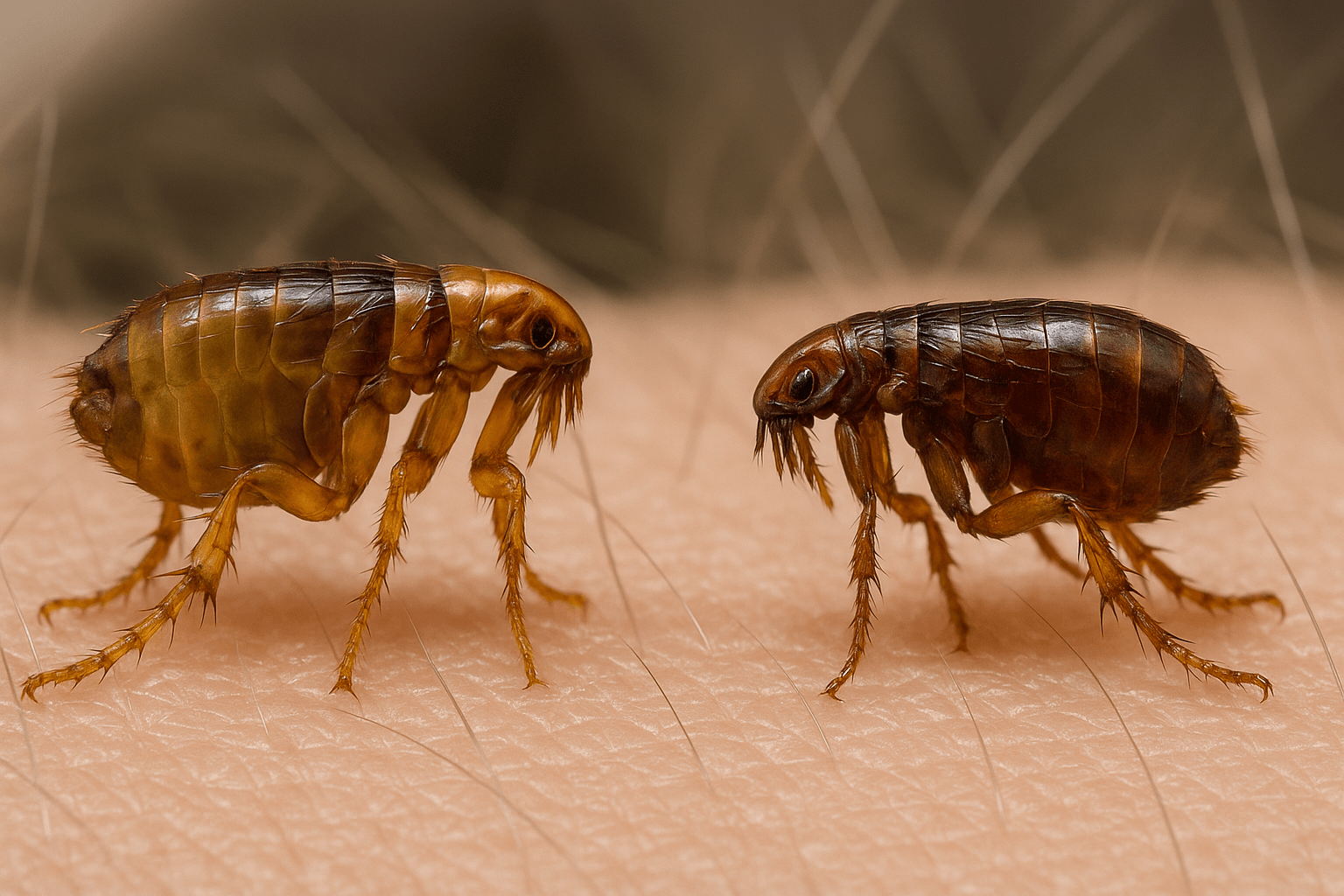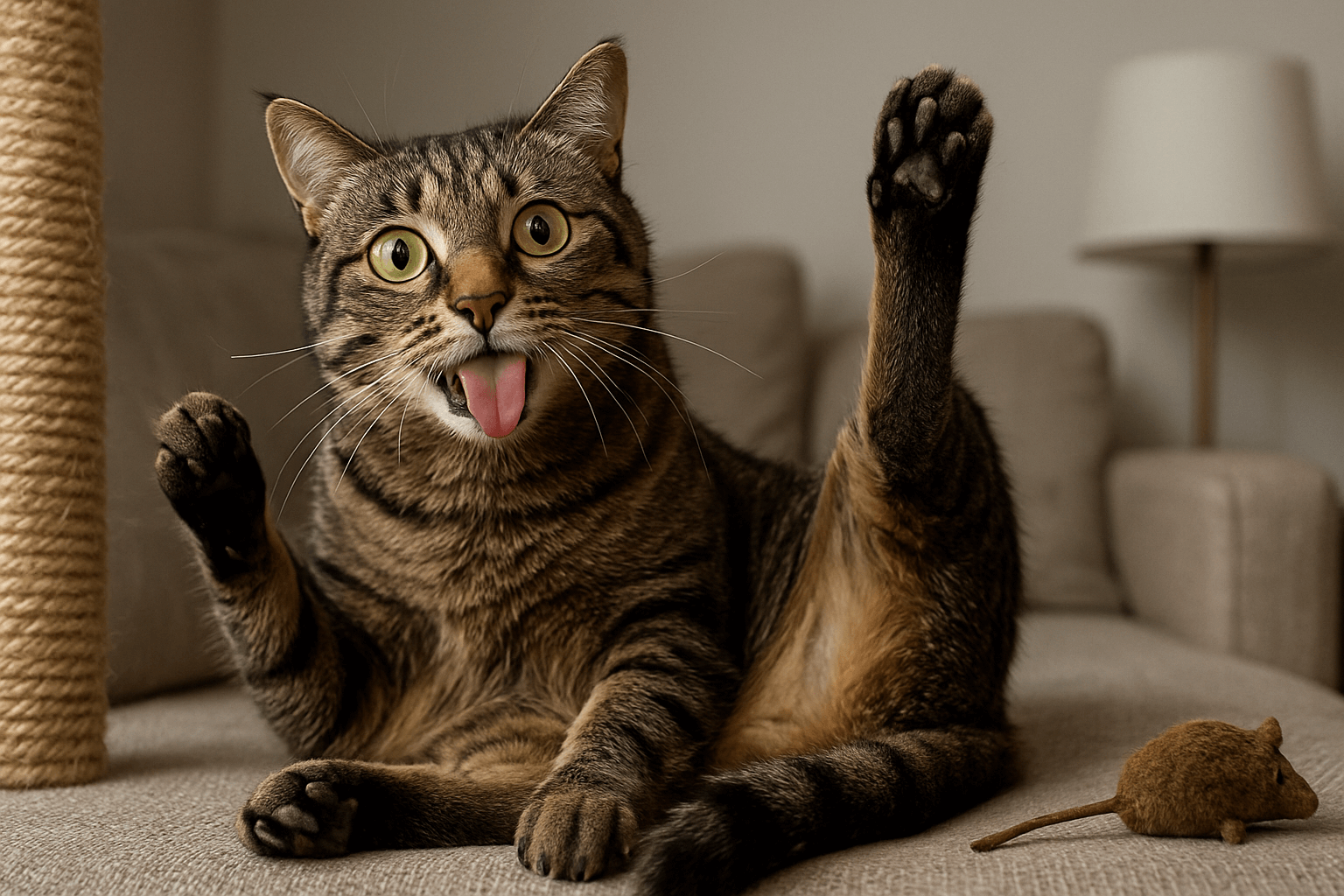Cat Eye Discharge Red: What It Means and How to Help Your Feline Friend
A cat’s eyes are not only mesmerizing but also a window into their overall health. When you notice red or reddish discharge around your cat’s eyes, it can be alarming and concerning. This symptom could indicate anything from a minor irritation to a more serious underlying condition. As a responsible cat owner, understanding the potential causes of red eye discharge is crucial for ensuring your furry companion receives the care they need. In this article, we’ll explore what red eye discharge in cats might mean, how to identify its causes, and the steps you can take to help your feline friend feel better.
Understanding the Root of the Problem: Why Is My Cat’s Eye Discharge Red?
Red eye discharge in cats can stem from various causes, ranging from mild irritations to infections or systemic health issues. Identifying the underlying cause is the first step toward effective treatment. Here are some common reasons why your cat may have red eye discharge:
Conjunctivitis (Pink Eye) :
Inflammation of the conjunctiva often leads to redness and discharge.Eye Infections :
Bacterial, viral, or fungal infections can cause redness and abnormal discharge.Foreign Objects :
Dust, dirt, or debris trapped in the eye can irritate the tissue and lead to red discharge.Allergies :
Environmental allergens like pollen or dust mites can trigger red, watery eyes.Trauma or Injury :
Scratches, punctures, or other injuries to the eye can result in red discharge.
While these are common causes, it’s important to monitor your cat’s symptoms closely. If the red discharge persists or worsens, consult a veterinarian for a proper diagnosis.
Beyond Red Discharge: Other Signs Your Cat May Be Unwell
Red eye discharge is often accompanied by additional symptoms that can provide clues about the underlying issue. Paying attention to these signs can help you determine the severity of the problem and whether immediate veterinary care is needed. Here are some symptoms to watch for:
Excessive Blinking or Squinting :
Cats with eye discomfort often blink frequently or squint to shield their eyes.Swelling Around the Eye :
Puffiness or inflammation near the eye may indicate an infection or injury.Cloudy or Bloodshot Eyes :
A cloudy appearance or visible blood vessels can signal deeper issues.Pawing at the Eye :
Constantly pawing or rubbing the affected eye suggests irritation or pain.Lethargy or Loss of Appetite :
Systemic symptoms like fatigue or refusing food may point to a more serious condition.
These symptoms should not be ignored, as they can indicate complications that require prompt attention. Always err on the side of caution when it comes to your cat’s eye health.
Check this guide 👉Understanding Brown Cat Eye Discharge: Best 7 Health Tips!
Check this guide 👉Understanding Cat Eye Ulcers: Best 7 Health Tips!
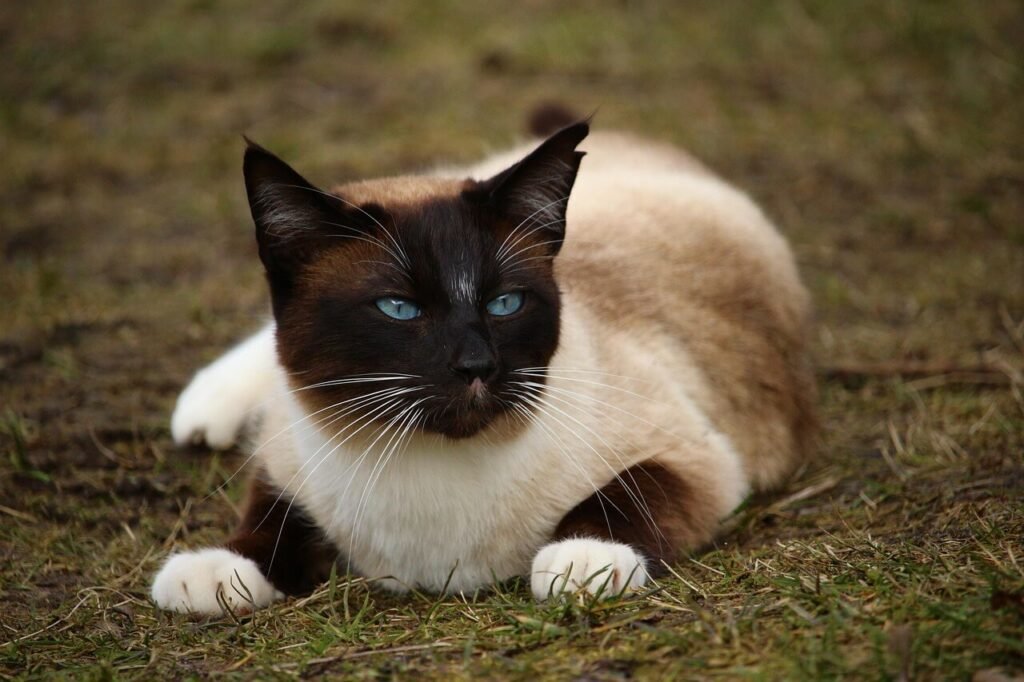
Common Causes of Red Eye Discharge | Symptoms to Watch For |
|---|---|
Conjunctivitis | Excessive blinking or squinting |
Eye infections | Swelling around the eye |
Foreign objects | Cloudy or bloodshot eyes |
Allergies | Pawing at the eye |
Trauma or injury | Lethargy or loss of appetite |
What You Can Do at Home: Supporting Your Cat’s Recovery
While professional veterinary care is essential for diagnosing and treating red eye discharge, there are steps you can take at home to support your cat’s healing process. These tips can help alleviate discomfort and prevent further irritation.
Clean the Eye Gently :
Use a damp, sterile cloth to wipe away discharge and keep the area clean.Avoid Harsh Chemicals :
Never use human eye drops or cleaning products without veterinary approval.Monitor for Changes :
Keep track of any worsening symptoms or new developments.Provide a Safe Environment :
Remove potential irritants like dust, smoke, or sharp objects from your home.Use an Elizabethan Collar :
Prevent your cat from pawing or scratching their eye during recovery.
Home care is most effective when paired with professional guidance. Always follow your vet’s recommendations for treatment and aftercare.
Red Flags: Knowing When It’s Time to Visit the Vet
While some cases of red eye discharge may resolve on their own, others require immediate veterinary intervention. Recognizing the warning signs can make all the difference in ensuring your cat receives timely care. Here are situations where you should seek professional help:
Persistent Discharge :
If the red discharge doesn’t improve within 24–48 hours, it’s time to see a vet.Severe Swelling or Pain :
Significant swelling or signs of pain warrant urgent attention.Vision Impairment :
If your cat seems to have difficulty seeing, consult a vet immediately.Fever or Lethargy :
Systemic symptoms like fever or extreme tiredness may indicate a serious illness.Bleeding or Ulcers :
Any sign of bleeding or open sores on the eye requires emergency care.
Prompt action can prevent complications and ensure your cat gets the treatment they need. Trust your instincts—if something feels off, don’t hesitate to seek help.
Staying Ahead: How to Prevent Eye Issues in Cats
Prevention is always better than cure, especially when it comes to your cat’s eye health. By taking proactive steps, you can reduce the risk of red eye discharge and other related issues. Here are some preventive measures to keep your cat’s eyes healthy and irritation-free:
Keep Your Home Clean :
Regularly dust and vacuum to minimize allergens and debris that could irritate your cat’s eyes.Trim Facial Fur :
For long-haired breeds, trimming fur around the eyes prevents hair from poking or irritating the area.Supervise Playtime :
Ensure safe interactions with other pets or objects to avoid accidental scratches or injuries.Provide a Balanced Diet :
Nutrient-rich food supports overall health, including strong immune function and eye health.Schedule Regular Vet Check-Ups :
Routine exams help catch potential issues early before they become serious problems.
By incorporating these practices into your routine, you can significantly lower the chances of your cat developing red eye discharge. Prevention ensures your feline stays happy and healthy.
The Basics: What Makes a Cat’s Eyes So Unique?
A cat’s eyes are marvels of nature, designed for exceptional vision and sensitivity. Understanding their anatomy can help you better identify abnormalities like red eye discharge. Here’s an overview of key components of a cat’s eye and how they function:
Cornea :
The transparent outer layer protects the eye and allows light to enter; damage here can cause redness and discharge.Conjunctiva :
A thin membrane covering the eye and inner eyelids; inflammation here leads to conjunctivitis.Tear Ducts :
Responsible for producing tears to lubricate and cleanse the eye; blockages can lead to irritation.Lens :
Focuses light onto the retina; cloudiness or discoloration may signal underlying issues.Retina :
Contains light-sensitive cells that process images; problems here can affect vision and eye health.
Knowing the basics of feline eye anatomy empowers you to spot irregularities early. Familiarizing yourself with these structures can make discussions with your vet more productive.
Comforting Your Cat: Supporting Their Emotional Well-Being
When a cat experiences red eye discharge or any form of discomfort, it can take a toll on their emotional state. Providing comfort and reassurance during recovery helps them feel safe and loved. Here are ways to emotionally support your cat while they heal:
Offer Extra Affection :
Spend quality time petting or talking softly to your cat to ease their anxiety.Create a Quiet Space :
Designate a calm, cozy area where your cat can rest without disturbances.Stick to Their Routine :
Maintain regular feeding and play schedules to provide stability and predictability.Use Calming Scents :
Products like pheromone diffusers can help soothe stressed cats during recovery.Limit Exposure to Other Pets :
Temporarily separate your cat from overly curious or energetic housemates to reduce stress.
Emotional support plays a vital role in your cat’s healing process. A calm and loving environment can speed up recovery and strengthen your bond with your feline friend.
Frequently Asked Questions About Red Eye Discharge in Cats
Can I treat my cat’s red eye discharge at home?
Mild cases can be managed at home, but persistent or severe symptoms require veterinary care.
What causes red eye discharge in cats?
Causes include infections, allergies, foreign objects, trauma, and systemic conditions.
Is red eye discharge always serious?
Not always, but it’s important to monitor symptoms and consult a vet if unsure.
Can allergies cause red eye discharge in cats?
Yes, environmental allergens can irritate the eyes and lead to redness and discharge.
How long does it take for red eye discharge to clear up?
With proper treatment, mild cases may resolve in a few days, while severe cases take longer.
Final Thoughts: Prioritizing Your Cat’s Eye Health
Red eye discharge in cats is not something to ignore—it’s a signal that your feline friend may need extra care and attention. By understanding the potential causes, recognizing accompanying symptoms, and knowing when to seek professional help, you can ensure your cat stays healthy and comfortable. Remember, early intervention is key to preventing complications and promoting a swift recovery. Whether it’s a minor irritation or a more serious condition, your vigilance and love will make all the difference. Keep those beautiful cat eyes bright and clear, and cherish every moment with your beloved companion.
Canned Pumpkin for Cat Diarrhea: Best 7 Expert Tips! Natural remedy to firm stools, soothe upset bellies, and support gut health safely.
Can a Cat Give You Scabies? Best 7 Expert Tips! Discover the truth about feline mites, human skin risks, and how to protect yourself—without panic.
Cat Flea vs Human Flea: Best 7 Expert Tips! Discover the truth about bites, species, and how to eliminate infestations for good.
Weird Cat Behaviors: Best 7 Expert Tips! Discover why cats do strange things—and how to understand, not punish, their instincts for a happier home.

